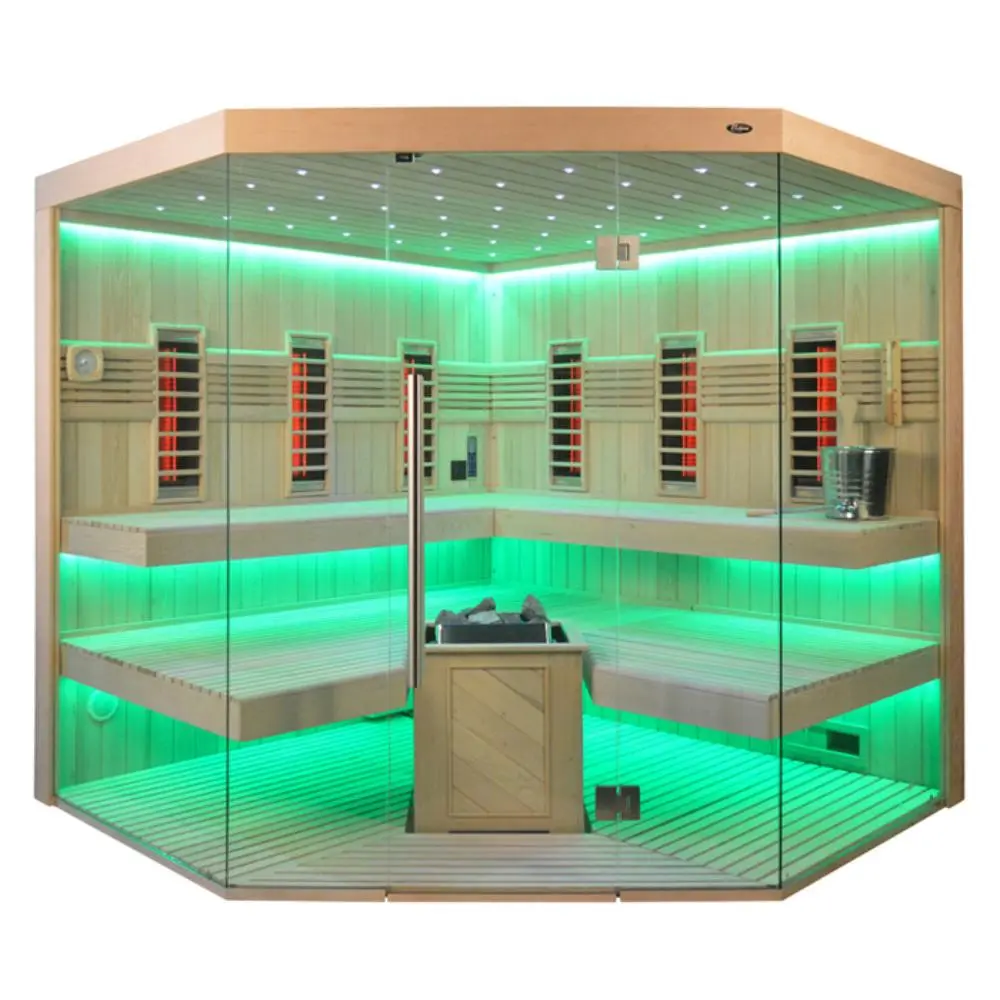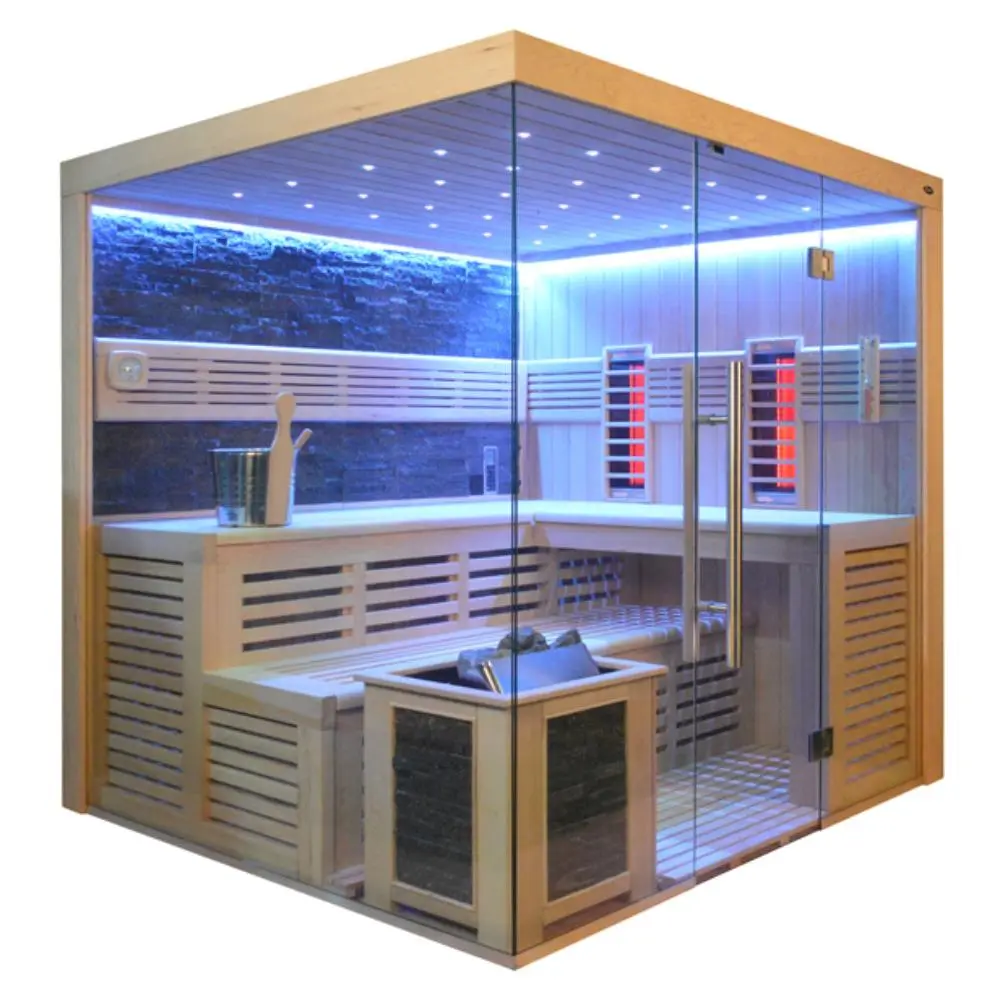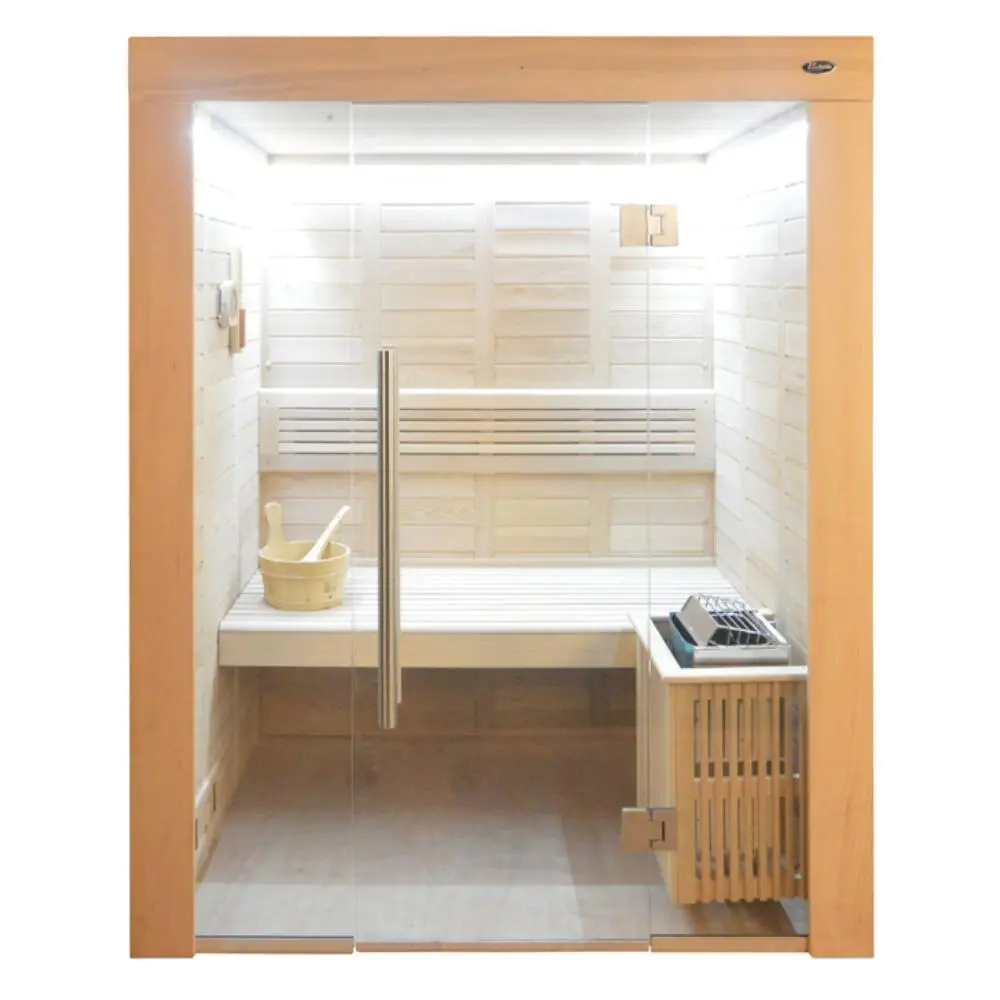If you’ve ever wondered whether hitting the sauna after a workout is worth your time, this article will give you the answers you need. Saunas, both traditional and infrared, have been used for centuries for their relaxing and therapeutic effects. But do saunas truly help relax sore muscles and aid in recovery? In this article, we’ll dive deep into the science, benefits, and tips for using saunas effectively for muscle relaxation and overall well-being. Whether you’re new to using a sauna or a seasoned pro, this guide will provide practical insights to enhance your experience.
What is a Sauna and How Does it Work?
A sauna is a heated room designed to help the body relax, rejuvenate, and detoxify. Traditional saunas use dry heat, typically generated by a wood or electric stove, to warm the air to temperatures between 150°F and 195°F. Infrared saunas, on the other hand, use infrared light to directly heat the body rather than the air, offering a gentler experience.
The concept of saunas dates back thousands of years, with Finnish saunas being the most well-known. The heat from saunas increases your heart rate and dilates blood vessels, mimicking the effects of mild cardiovascular exercise. When combined with sweating, this process helps to flush out toxins, improve circulation, and promote relaxation.
How Do Saunas Relax Sore Muscles?
Increased Blood Flow: One of the primary ways saunas relax muscles is by boosting blood circulation. The heat causes blood vessels to expand, delivering more oxygen and nutrients to sore or damaged muscles.
Reduction in Muscle Tension: The warmth penetrates deeply into tissues, helping to alleviate stiffness and tightness in the muscles. This is especially beneficial for people recovering from intense workouts or dealing with chronic muscle pain.
Improved Recovery: A study published in the Journal of Science and Medicine in Sport found that post-exercise sauna use can enhance muscle recovery by reducing inflammation and oxidative stress.

Infrared Saunas vs. Traditional Saunas: Which is Better for Muscle Recovery?
| Feature | Infrared Sauna | Traditional Sauna |
| Heat Source | Infrared light directly heats the body. | Heated air warms the body indirectly. |
| Temperature Range | 120°F – 150°F | 150°F – 195°F |
| Muscle Penetration | Deeper penetration into muscle tissues. | Surface-level heat. |
| Comfort Level | More tolerable for longer sessions. | Intense heat; shorter sessions recommended. |
Both types of saunas have their benefits, but infrared saunas are often preferred for muscle recovery due to their ability to penetrate deeper into tissues at lower temperatures. Traditional saunas, however, provide a more intense, full-body experience.
For example, the infrared sauna China-CS1065 is an excellent option for those looking to invest in an infrared sauna designed for comfort and efficiency.

Benefits of Using a Sauna After a Workout
Using a sauna after your workout can have several positive effects:
- Reduces Delayed Onset Muscle Soreness (DOMS): A session in the sauna can help alleviate the soreness that typically occurs 24-48 hours after exercise.
- Speeds Up Recovery: By increasing blood flow and relaxing muscles, saunas help your body recover faster after intense physical activity.
- Mental Relaxation: The calming atmosphere of a sauna helps reduce stress and promotes mental well-being.
Pro Tip: Combining a sauna session with proper hydration and stretching can maximize these benefits.
Health Benefits Beyond Muscle Recovery
While saunas are excellent for muscle relaxation, they offer numerous other health benefits:
Cardiovascular Health
Regular sauna use has been linked to improved heart health. A study in JAMA Internal Medicine found that frequent sauna use can lower the risk of heart disease.
Detoxification
Sweating in a sauna helps your body eliminate toxins such as heavy metals and chemicals, improving overall health.
Stress Relief
The heat and solitude of a sauna provide a perfect environment for relaxation, reducing cortisol levels and promoting mindfulness.
Tips for Using a Sauna Safely and Effectively
To get the most out of your sauna sessions, follow these tips:
- Start Slow: Begin with shorter sessions (5-10 minutes) and gradually increase your time as your body adjusts.
- Stay Hydrated: Drink plenty of water before and after your session to avoid dehydration.
- Listen to Your Body: If you feel dizzy or uncomfortable, leave the sauna immediately.
- Use the Right Temperature: For muscle recovery, aim for a moderate temperature of 120°F to 160°F.
For more tips on choosing and using saunas, visit our guide on traditional sauna room distributors.

Common Myths About Saunas and Muscle Relaxation
Myth 1: Saunas Dehydrate Your Muscles While saunas do cause sweating, they don’t dehydrate muscles if you drink enough water before and after your session.
Myth 2: Saunas Replace Warm-Ups A sauna is not a substitute for proper warm-up exercises. Use it after your workout for the best results.
The Risks of Overusing Saunas
While saunas are generally safe, overuse can lead to:
- Dehydration: Excessive sweating without replenishing fluids can cause dehydration.
- Low Blood Pressure: Prolonged heat exposure may lead to dizziness or fainting.
- Skin Irritation: Sensitive skin may become dry or irritated after long sessions.
How Long Should You Stay in a Sauna?
The ideal sauna session length depends on your experience and tolerance:
- Beginners: 5-10 minutes
- Intermediate Users: 15-20 minutes
- Experienced Users: Up to 30 minutes
Always listen to your body and take breaks when needed. Consider investing in a high-quality sauna like the dry sauna room distributors-SR2018-3 for a safe and effective experience.
Choosing the Right Sauna for Your Needs
When selecting a sauna, consider the following:
- Type (Infrared or Traditional): Infrared saunas are better for muscle recovery, while traditional saunas offer a classic, intense experience.
- Size: Options like the 2-person sauna room manufacturers-SR2019 are perfect for small spaces.
- Budget: Look for reliable suppliers and manufacturers to ensure quality and durability.

Key Takeaways
- Saunas, both traditional and infrared, are excellent for relaxing sore muscles and aiding in recovery.
- Infrared saunas penetrate deeper into tissues, while traditional saunas provide a more intense heat experience.
- Regular sauna use offers additional health benefits, including improved cardiovascular health and stress relief.
- Always stay hydrated and listen to your body to maximize the benefits while avoiding risks.
Ready to invest in your health and relaxation? Check out our range of saunas from trusted manufacturers like Professional Bathroom Equipment Manufacturer | Sauna Room, Outdoor Spa, Swimming Spa, Steam Shower Room – Your Export Expert Unlocking Global Markets.
